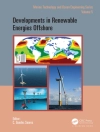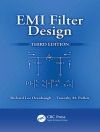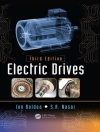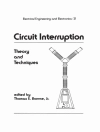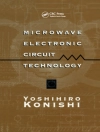Photoelectrochemical Hydrogen Production describes the principles and materials challenges for the conversion of sunlight into hydrogen through water splitting at a semiconducting electrode. Readers will find an analysis of the solid state properties and materials requirements for semiconducting photo-electrodes, a detailed description of the semiconductor/electrolyte interface, in addition to the photo-electrochemical (PEC) cell. Experimental techniques to investigate both materials and PEC device performance are outlined, followed by an overview of the current state-of-the-art in PEC materials and devices, and combinatorial approaches towards the development of new materials. Finally, the economic and business perspectives of PEC devices are discussed, and promising future directions indicated.
Photoelectrochemical Hydrogen Production is a one-stop resource for scientists, students and R&D practitioners starting in this field, providing both the theoretical background as well as useful practical information on photoelectrochemical measurement techniques. Experts in the field benefit from the chapters on current state-of-the-art materials/devices and future directions.
Table des matières
Part I: Basic Principles: Introduction.- Principles of Photoelectrochemical Cells.- Photoelectrochemical Measurements.- Part II: Materials Properties and Synthesis: Nanostructured α-Fe2O3 Photoanodes.- Mixed Metal Oxide Photoelectrodes and Photocatalysts.- Combinatorial Identification and Optimization of New Oxide Semiconductors.- Part III: Devices and Device Characterization.- Multijunction Approaches to Photoelectrochemical Water Splitting.- Part IV: Future Perspectives.- Economic and Business Perspectives.- Emerging Trends in Water Photoelectrolysis.


